Natural Cedar Mulch: The Ultimate Guide To Using This Amazing Mulch
Introduction
Cedar mulch is a natural, sustainable material that has many benefits for your garden. It can help to suppress weeds, retain moisture, and improve the appearance of your yard. Cedar mulch also has a strong, pleasant fragrance that can help to repel pests.
In this blog post, we will discuss the many benefits of cedar mulch and how to use it correctly. We will also provide some tips for choosing the right type of cedar mulch for your needs.
Benefits of Cedar Mulch
There are many benefits to using cedar mulch in your garden. Here are just a few:
- Suppresses weeds: Cedar mulch can help to suppress weeds by blocking out sunlight and preventing them from germinating.
- Retains moisture: Cedar mulch helps to retain moisture in the soil, which can help to keep your plants healthy and prevent them from drying out.
- Improves drainage: Cedar mulch can help to improve drainage by creating a layer of air space in the soil. This can help to prevent waterlogging and root rot.
- Attracts beneficial insects: The strong fragrance of cedar mulch can attract beneficial insects, such as ladybugs and lacewings, which can help to control pests.
- Improves the appearance of your yard: Cedar mulch can add a natural, attractive touch to your garden. It can also help to define the edges of your flower beds and other planting areas.
How to Use Cedar Mulch
To use cedar mulch correctly, you will need to follow these steps:
- Choose the right type of cedar mulch. There are two main types of cedar mulch: cedar bark mulch and cedar chips. Cedar bark mulch is made from the outer bark of cedar trees, while cedar chips are made from the inner bark. Cedar bark mulch is more expensive, but it also lasts longer. Cedar chips are less expensive, but they will need to be replaced more often.
- Spread the mulch evenly around your plants. The depth of the mulch should be about 2-3 inches.
- Water the mulch well. This will help the mulch to settle and prevent it from blowing away.
- Reapply the mulch every year or two. Cedar mulch will eventually decompose, so you will need to reapply it to keep your garden looking its best.
Tips for Choosing Cedar Mulch
When choosing cedar mulch, there are a few things you should keep in mind:
- Color: Cedar mulch comes in a variety of colors, including brown, red, and gold. Choose a color that will complement the plants in your garden.
- Texture: Cedar mulch also comes in a variety of textures, including coarse, medium, and fine. Choose a texture that will be comfortable to walk on and that will not blow away easily.
- Price: Cedar mulch can range in price from $10 to $20 per cubic foot. Choose a mulch that fits your budget.
Conclusion
Cedar mulch is a versatile and beneficial material that can add beauty and value to your garden. By following the tips in this blog post, you can choose the right type of cedar mulch for your needs and use it correctly to improve the health and appearance of your plants.
Natural cedar mulch is a great way to improve the health and appearance of your garden. It helps to retain moisture, suppress weeds, and repel pests. If you're interested in learning more about natural cedar mulch, I recommend visiting Home Gardening.
FAQ of natural cedar mulch
- What are the benefits of using natural cedar mulch?
Natural cedar mulch has many benefits, including:
Improved moisture retention: Cedar mulch helps to retain moisture in the soil, which can help to prevent plants from drying out.
Reduced weed growth: Cedar mulch can help to suppress weed growth by blocking out sunlight and providing a physical barrier to weed seeds.
Insect repellency: The natural oils in cedar mulch have insect-repelling properties, which can help to deter pests such as ants, termites, and beetles.
Improved soil health: As cedar mulch breaks down, it releases nutrients into the soil, which can help to improve soil health.
Aesthetic appeal: Cedar mulch can add a touch of natural beauty to your garden or landscape.
How do I apply natural cedar mulch?
To apply natural cedar mulch, you will need to:
- Rake the area where you want to apply the mulch.
- Spread the mulch evenly over the area, to a depth of about 3 inches.
- Water the mulch thoroughly.
- How often do I need to reapply natural cedar mulch?
The frequency with which you need to reapply natural cedar mulch will depend on the climate and the type of mulch you use. In general, you will need to reapply cedar mulch every 1-2 years.
- Is natural cedar mulch safe for pets and children?
Yes, natural cedar mulch is safe for pets and children. However, it is important to note that cedar mulch can be a choking hazard for small children, so it is important to keep them away from it.
- Where can I buy natural cedar mulch?
Natural cedar mulch is available at most garden centers and home improvement stores.
Image of natural cedar mulch
10 different images of natural cedar mulch that are free to use:
- Fine cedar mulch. This type of mulch is made from finely shredded cedar bark. It is a good choice for use around plants that have shallow roots, as it will not compact and smother the roots.
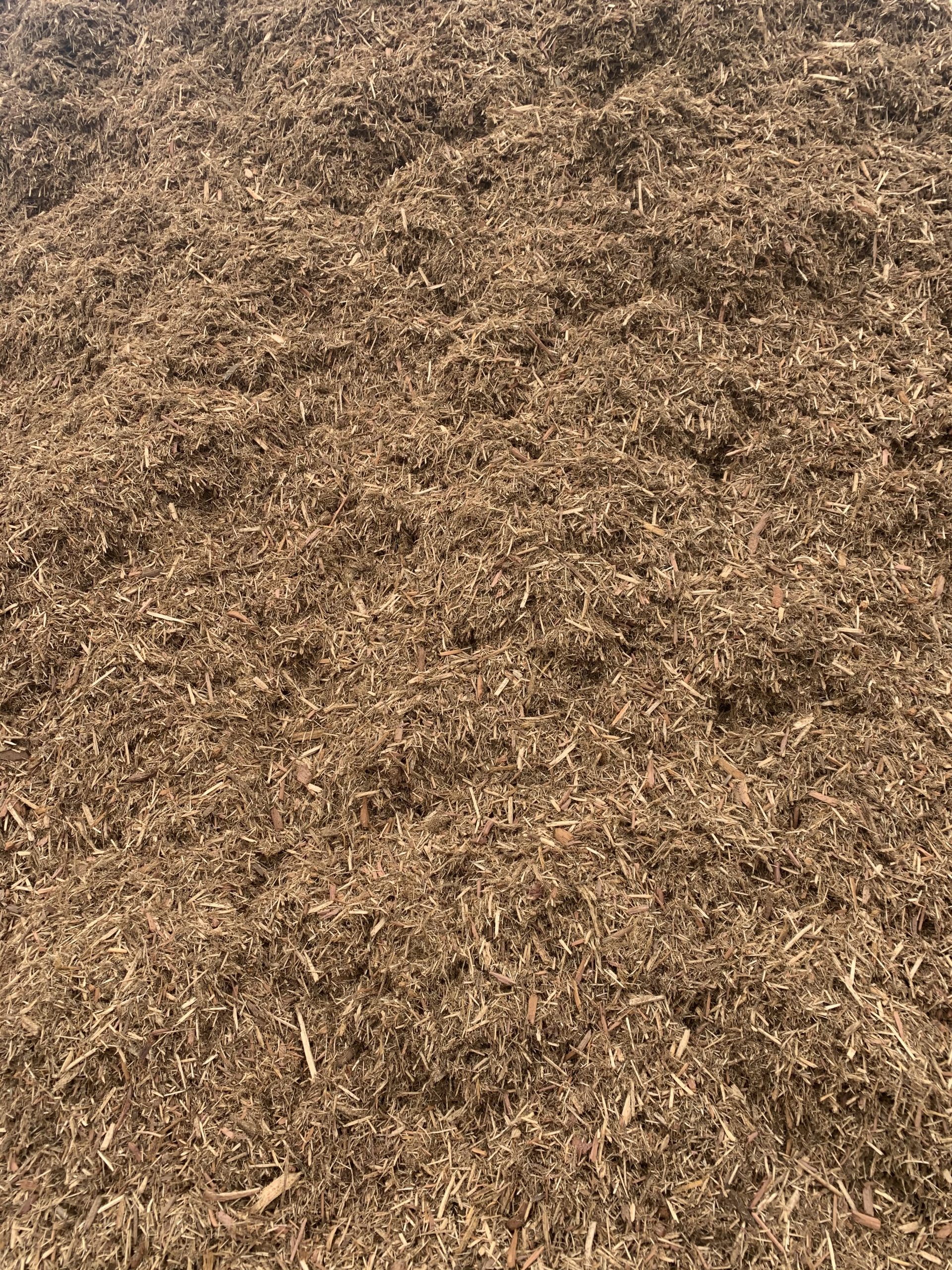
- Medium cedar mulch. This type of mulch is made from medium-sized cedar bark chips. It is a good all-purpose mulch that can be used around a variety of plants.
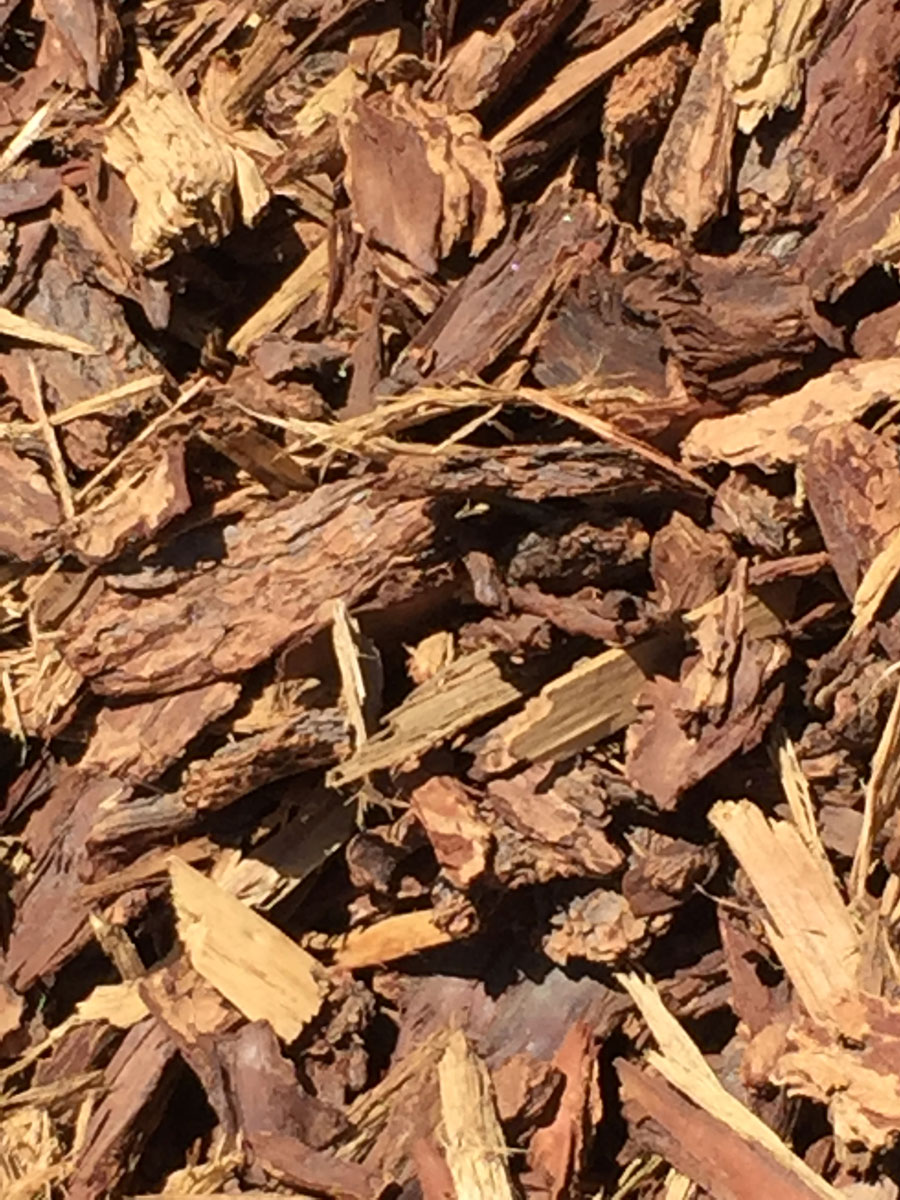
- Coarse cedar mulch. This type of mulch is made from large cedar bark chunks. It is a good choice for use around trees and shrubs, as it will help to deter pests and animals.
- Colored cedar mulch. Cedar mulch is also available in a variety of colors, including red, brown, and black. Colored mulch can be used to add a touch of personality to your garden.
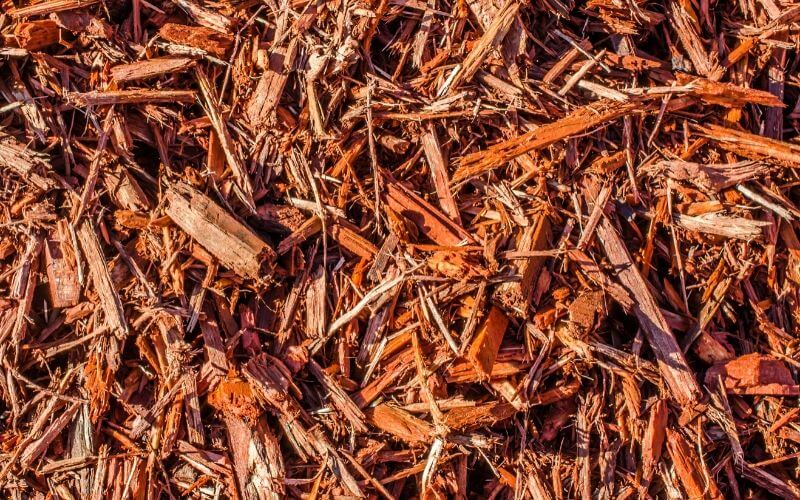
- Cedar nuggets. Cedar nuggets are small, round pieces of cedar bark. They are a good choice for use in raised beds and containers, as they will not compact and will allow water to drain freely.
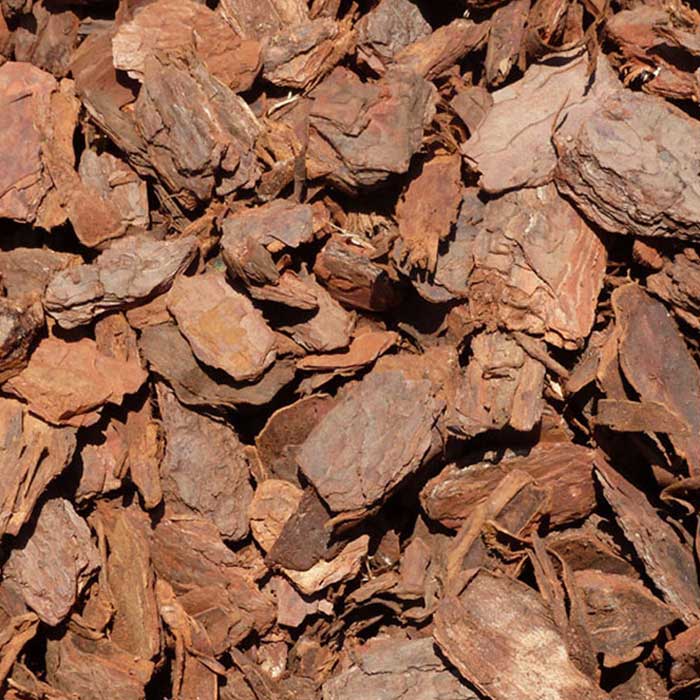
- Cedar chips. Cedar chips are larger than cedar nuggets, but smaller than cedar bark chunks. They are a good choice for use around walkways and patios, as they will help to prevent slipping.
.jpg)
- Cedar sawdust. Cedar sawdust is a fine, powdery material that is made from sawing cedar wood. It is a good choice for use around plants that are prone to diseases, as it has natural antifungal properties.
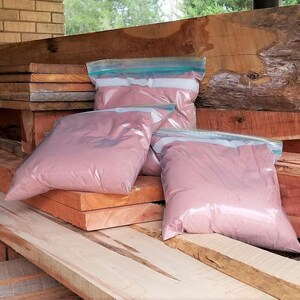
- Cedar bark. Cedar bark is the outer layer of the cedar tree. It is a good choice for use around plants that need good drainage, as it will help to aerate the soil.
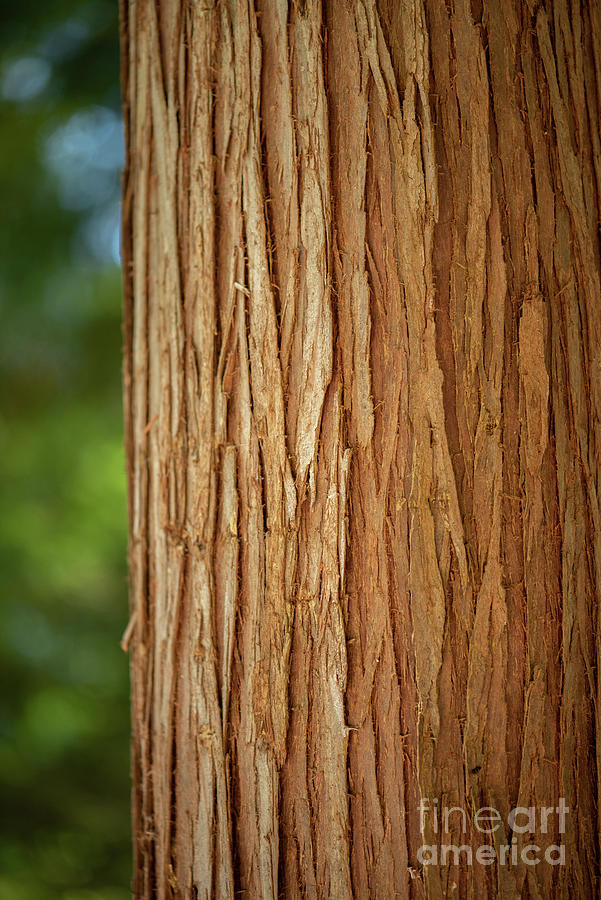
- Cedar shavings. Cedar shavings are made from shaving cedar wood. They are a good choice for use around plants that need aeration, as they will help to loosen the soil.

- Cedar chips with pine needles. This type of mulch is made from a mixture of cedar chips and pine needles. It is a good choice for use around plants that prefer acidic soil, as pine needles will help to lower the pH of the soil.


Post a Comment for "Natural Cedar Mulch: The Ultimate Guide To Using This Amazing Mulch"